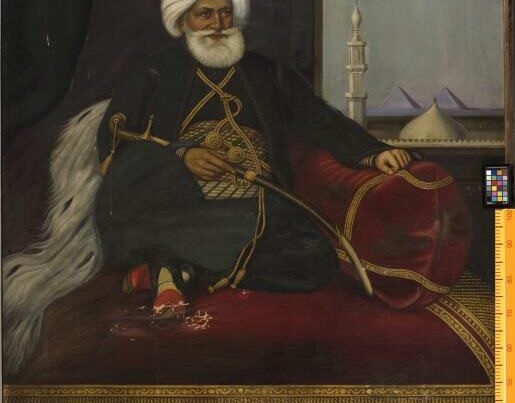by Liritzis, I. and Vlachos, A.
ABSTRACT
Since the early days of mankind, humans have looked to the stars for answers to their biggest questions, ex-pecting the fulfillment of the most basic need to comprehend the universe they inhabit, both from a scientific perspective and from other cultural standpoints. The skyscape has been the source of inspiration, imagination, for science and philosophy. The dual interaction between man and the skyscape, so-called cultural astronomy and/or archaeoastronomy, concerns with cultural, artistic, everyday perceptions and understandings of as-tronomical phenomena, and forms a rich cross-disciplinary field. The determination of time and identification of human or animal images from the starry configurations has exerted a strong influence on the human cul-tures throughout the millennia. The four solar stands, the lunar phases, the planetary orbits, the rise and set-ting of bright stars and the constellations have triggered past societies to determine the time for daily works. In essence, the determination of time was deemed necessary for many daily aspects. World examples from the five continents on these aspects are outlined, focused on the determination of time with solar stands in day-light, the lunar periodic movements, and bright stars and associated configurations (constellations). Seven broad categories are recognized: Cat. 1: Religion, Rituals and Funeral Rites; Cat. 2: Mythology; Cat. 3: Art (Music, Painting, Rock Art, Poetry & Literature); Cat. 4: Travel (Maritime & Mainland long distance voyages); Cat. 5: Agriculture; Cat. 6: Observation/Measurement of Time; Cat. 7: Daily life. These all have intimate rela-tionships with the orbits, appearances, directions of rising and setting of bright celestial bodies. Together with the constructed devices for the determination of time and geographical location (sundials, hydraulic and port-able devices, topographical markers), including intangible oral documentation of cultural astronomy of abo-riginals, led humans to the development of portable devices and monumental (natural or intentionally made) constructions and orientation marking (archaeoastronomical orientations). A compressed overview on this dual relationship shall be critically reviewed.
![]()



